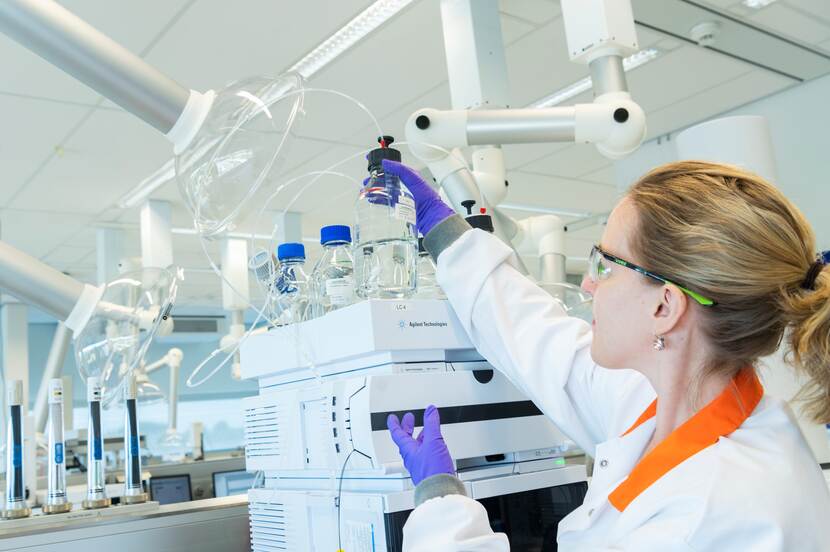The chemical composition of drugs reveals the secrets of producers and smugglers
The Netherlands Forensic Institute (NFI) is partnering up with the University of Amsterdam (UvA), the Dutch National Police, the Customs Administration and other stakeholders to study what information the chemical composition of drug samples can yield about raw materials used, the production process, the drug smuggling method and more. An automated data analysis system will be developed to make this information easily available to investigative teams. A research consortium led by the UvA has been established for this purpose. This week, it was announced that the consortium will receive well over one million euros in funding from the Dutch Research Council (NWO).
Every year, the Dutch police, the NFI and the Customs Lab jointly investigate tens of thousands of seized powders and pills to determine whether they are hard or soft drugs. However, their chemical composition can yield much more information than just establishing whether or not these powders and pills are drugs. ‘This can be valuable information in combating organised drug crime’, explains Janneke Hulshof, narcotics specialist at the NFI.
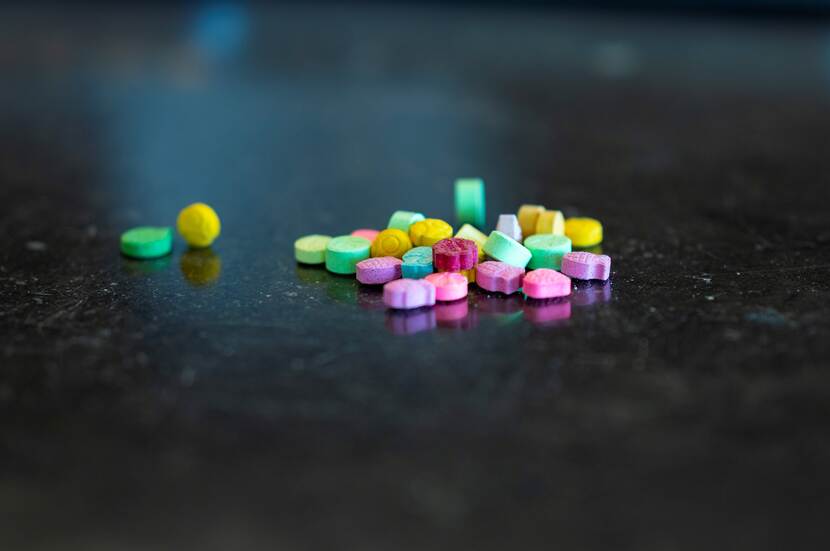
Chemical fingerprint
Drugs often contain substances other than the active substance, such as cutting agents and contaminants. ‘They tell us something about the production method and raw materials used, for example. The composition of a drug can be represented as a kind of chemical fingerprint showing the various substances contained in that drug.’ Previous research by the NFI, the police and the UvA shows that a lot of information can be derived from this fingerprint about the production process and possibly even the method used to smuggle a drug.
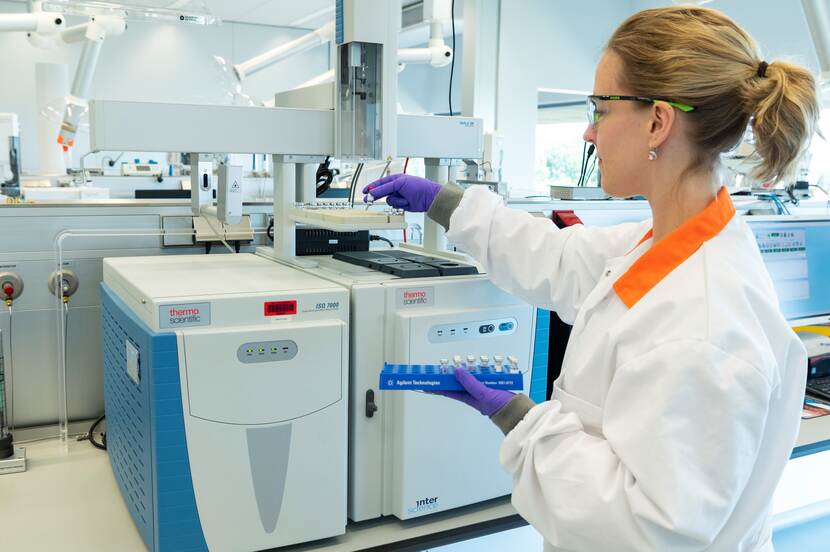
Trends
Data scientists and criminologists can also use the chemical fingerprint to investigate connections between cases. ‘You can tell what tablets and powers are produced by the same factory, for instance’, explains Rolf Ypma, Principal Scientist in the field of data science at the NFI. ‘You can detect trends and research what chemical substances contain the most relevant information.’
‘In principle, such information can be retrieved using additional chemical analyses and manual processes. But this is a time-consuming process’, says Hulshof. ‘In the research consortium, we want to develop a system that can retrieve information from the data in a fully automated manner and without additional chemical analyses.’
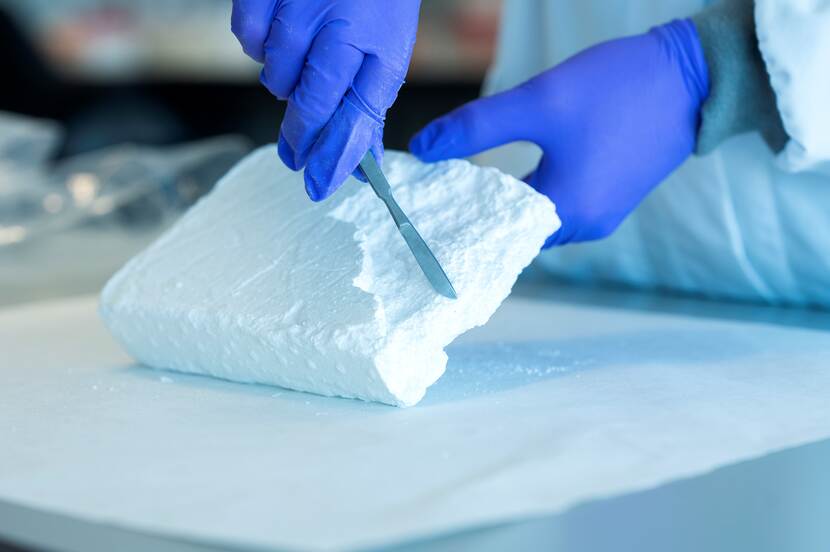
FIDBID
The consortium’s study is called FIDBID, an acronym for ‘Forensic Illicit Drug intelligence through Big and Intelligent analysis of chemical and criminological Data’. Arian van Asten, Professor of Analytical Chemistry at the University of Amsterdam (UvA), is the FIDBID project leader. The link between science and practice is strong. Three PhD students will conduct most of their research with and at the NFI and the Dutch National Police under supervision of the UvA, Vrije Universiteit Amsterdam and Amsterdam University of Applied Sciences. The final system will be rolled out and made available on a wide scale with assistance from Capgemini. ‘This will give investigation services and policy-makers a valuable new tool to combat drug production chains and drug trafficking quickly and effectively’, explains Van Asten.
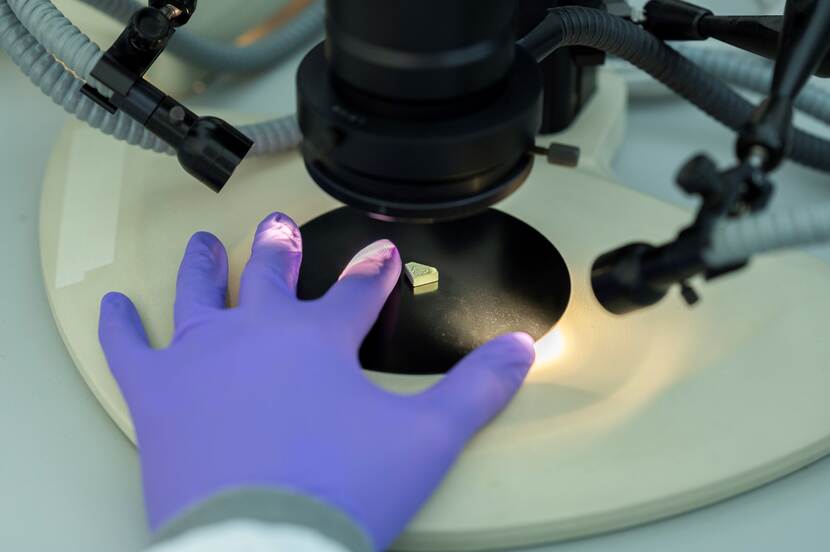
Funding and partners
The new consortium will be funded through a grant worth well over one million euros from the NWO’s Subversive Crime (KIC) programme. In addition to the UvA Van ’t Hoff Institute for Molecular Science, other FIDBID partners include the UvA Informatics Institute, Vrije Universiteit Amsterdam, Amsterdam University of Applied Sciences and the Police Academy. The project partners will be collaborating with the Public Prosecution Service, the Ministry of Justice and Security and other international institutes and experts from Europe and the United States.
